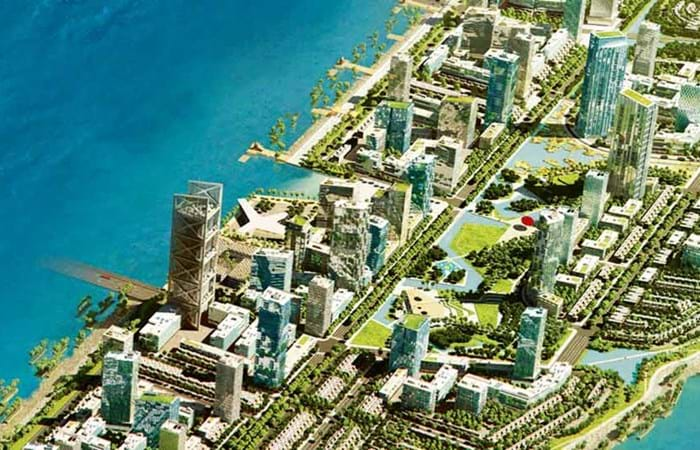Boskalis has been awarded a contract by PT Muara Wisesa Samudra to design and construct an artificial island measuring 160 hectares off the coast of Jakarta, Indonesia. The work is part of the dredging and land development works for the new Pluit City. It will be executed in a joint venture with Van Oord.
The construction of the new island involves reclaiming approximately 160 hectares of new land requiring in excess of 20 million m3 of dredged sand. Two jumbo trailing suction hopper dredgers will be deployed for the dredging and reclamation activities, sourcing sand from local borrow areas. The project also includes soil improvement and rock revetment. Work is underway and and completion is expected in 2018. When constructed the new island will be used for both residential and commercial purposes. The project is part of a master plan for the construction of a complete new city district in the historical bay of Jakarta on the city's northern coast covering a total area of 450 hectares. The master plan is geared to the development of housing for the rapidly-growing population of Jakarta and to protecting Jakarta from the rising sea-level.
